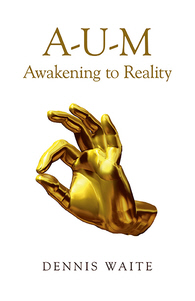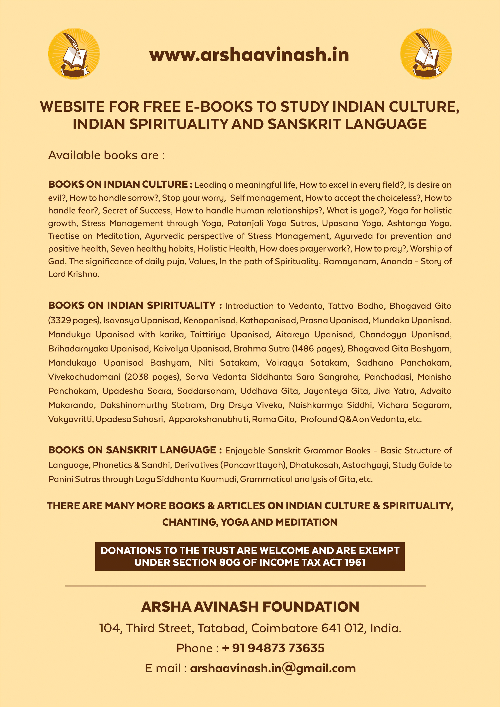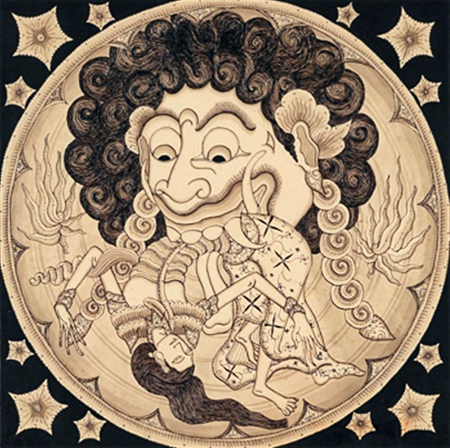
(K3.31 – K.32) Everything that we perceive, we perceive through the senses; everything that we ‘know’, we know through the mind. Consciousness functions through the mind – the concept known as chidAbhAsa, explained in Appendix 3. When the mind is inactive – for example, in deep sleep or under anesthetic – we are conscious of nothing. It is the mind that effectively imposes duality on the non-dual. We see the forms and, by naming them, it is as if we create separate things where there is really only brahman. Once this apparent duality is imposed, all of the negative emotions of desire, fear, attachment, anger and the rest follow. It is the mistaking of the really non-dual as dual that brings into existence all of our problems, which Advaita summarizes as saMsAra.
Having recognized that it is the mind that is the effective source of our problems, it is only natural to conclude that, by somehow ‘getting rid of’ the mind, we will solve those problems. This is the concept called manonAsha, which found favor with Ramana Maharshi in particular, who is claimed to have stated that this should be the aim of the seeker. (manas refers to mind in general; nAsha means loss, destruction, annihilation, death.) Once we have ‘destroyed the mind’, it is said, there will be no more duality.


